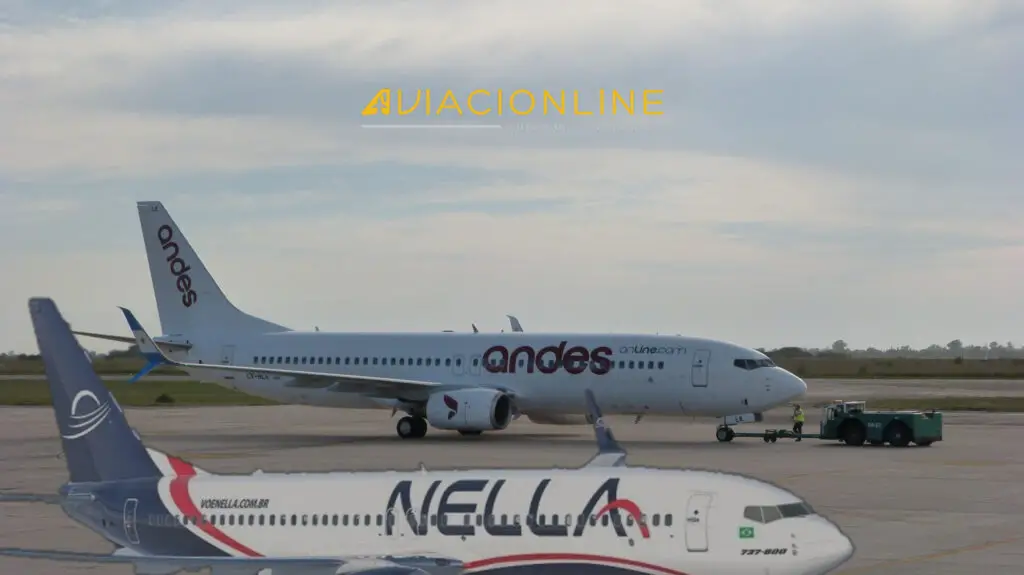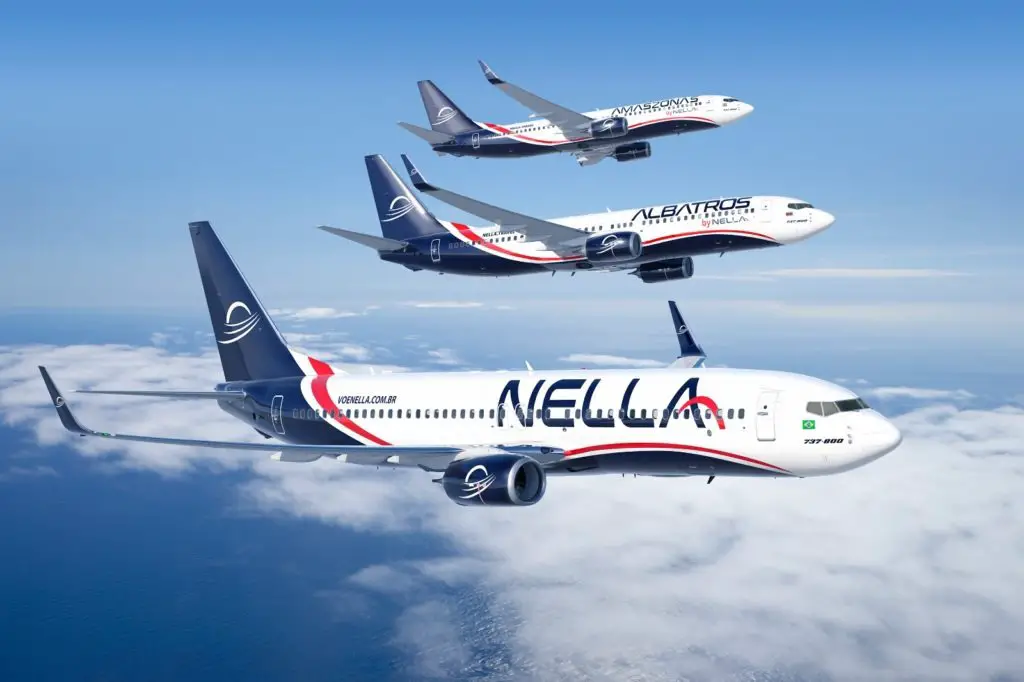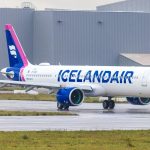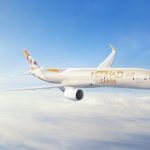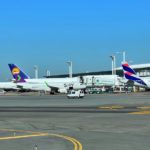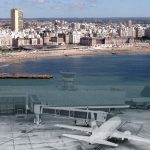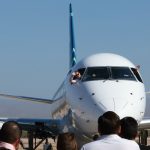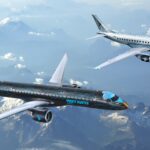In the last hours of Saturday (February 12), it was announced through Nella Airlines’ social networks that its controlling group may have acquired Andes Líneas Aéreas.
The Argentine company suspended its operations in March 2020, at the beginning of the COVID 19 health crisis. But in the last five years, the company suffered significant losses. This was the consequence of not being able to compete with the incursion of new airlines and the devaluation of the Argentine currency.
Nella Airlines Group, a US conglomerate that controls the companies of the Nella Group, and Falcon Vision, one of the companies in charge of raising funds for the Public Investment Fund (PIF) of Saudi Arabia. Now, apparently, it would acquire what was left of Andes to incorporate it into its project of an airline group that includes Bolivia, Brazil, Paraguay, and Venezuela.
The group had already acquired Venezuela-based Albatros in July 2021, and in September completed the USD 50 million purchase of Bolivia-based Amaszonas Líneas Aéreas. In addition, in November it showed interest in reviving the LAP brand, Líneas Aéreas Paraguayas, with two Boeing 737-800s.
Falcon Vision is one of the companies linked to the Public Investment Fund (PIF). This one is the largest public investment fund in the world, headed by Mohammad bin Salman bin Abdulaziz Al Saud, Crown Prince of Saudi Arabia, Deputy Prime Minister, and current Minister of Defense of his country. According to what has been previously communicated, an investment of USD 350 million is foreseen once the Brazilian authorities finalize the authorization processes.
What do you expect from Andes Líneas Aéreas?
Andes Líneas Aéreas was born in 2005. Supported by the Government of the Province of Salta, the company was intended to cover the legacy of Dinar Líneas Aéreas.
At first, it operated between Salta (SLA) and Buenos Aires/Aeroparque (AEP). Afterwards Puerto Madryn (PMY) was added from Aeroparque, in what would become its two main routes. It sporadically operated in San Salvador de Jujuy (JUJ), San Miguel de Tucumán (TUC), Puerto Iguazú (IGR), Comodoro Rivadavia (CRD), San Carlos de Bariloche (BRC), Neuquén (NQN), Córdoba (COR) and Mendoza (MDZ), Cafayate and Orán.
But it found its niche in charter flights, transporting graduate students to Bariloche from different parts of Argentina. And on the other hand with flights to the Caribbean and the coasts of Brazil. During the summer it operated to Ushuaia for the cruise season.
In 2018, within the framework of Public Hearing N°218, it requested a total of 199 routes linking 39 Argentine and foreign cities. Most of the links had as the Caribbean destinations, the Mexican and Brazilian coast, and Florida.
During its fifteen years of operations, it had a diverse fleet: two Bombardier CRJ-900s, one Fairchild Swearingen Metro 23, four Boeing 737-800s and, its flagship model, sixteen McDonnell Douglas MD 82, 83, 87, and 88. In its last days, it had only two operational MD 83s (LV-WGM and LV-WGN), while three others were used as a source of spare parts.
In its career, it carried more than 3,891,000 passengers, with 2018 being its best year by carrying 1,985,340 travelers.
The last two years of the company were turbulent. It accumulated a debt of USD 25 million, including debts with its 250 workers, suppliers, and users who were left stranded.
See also: Paraguay: Paraguayan Airlines returns under Nella’s leadership

